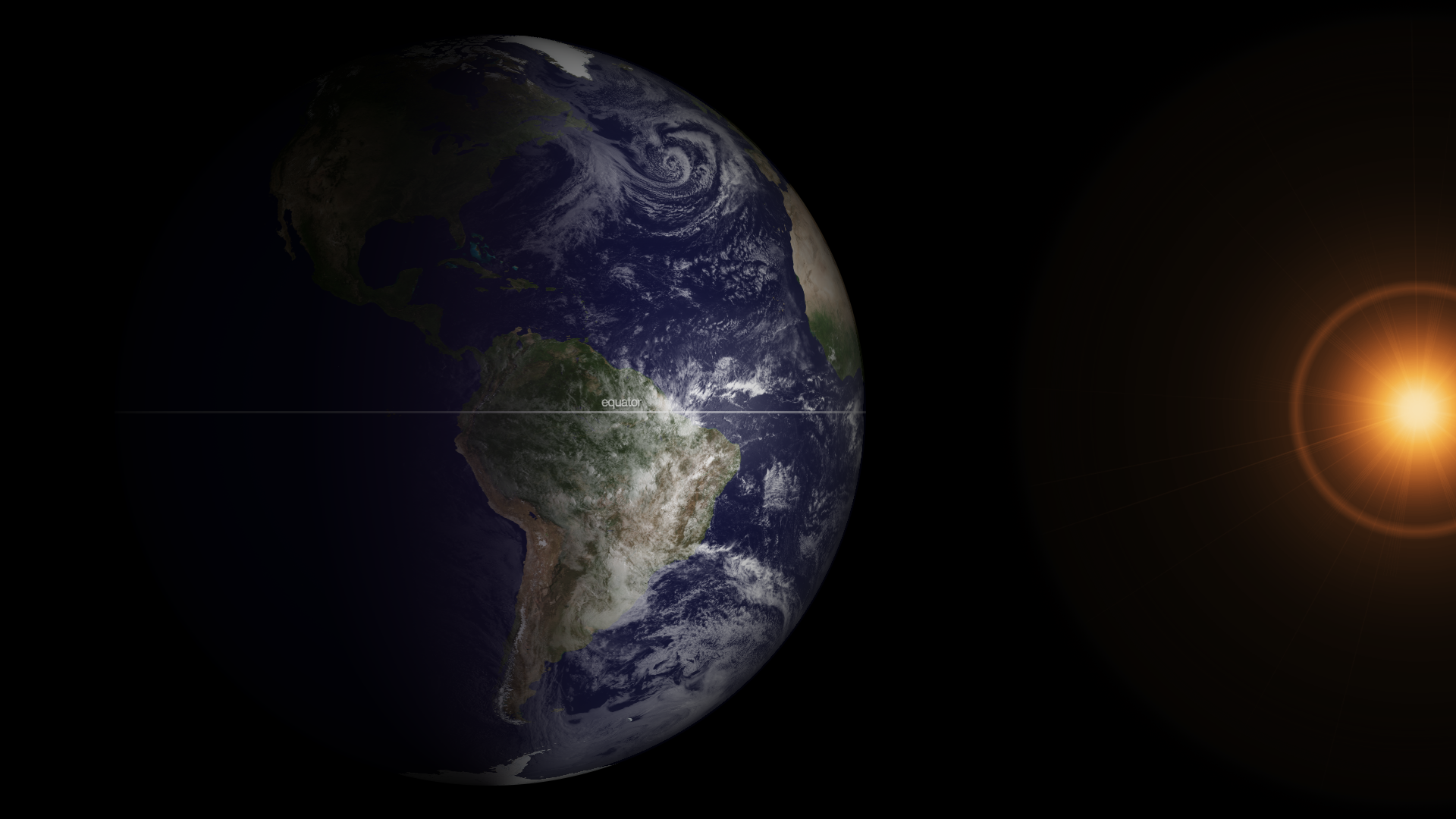The Earth Polychromatic Imaging Camera (EPIC) connected to NOAA’s Deep Space Climate Observatory (DSCOVR) is NASA’s new tool to provide scientists with a unique perspective of the Earth’s clouds, land surfaces, and aerosols. EPIC captures measurements in visible, ultraviolet, and near-infrared wavelengths, and collects color images of the Earth every two hours. Researchers use these photos to track identifying features as the planet rotates.
Jay Herman, senior research scientist at UMBC’s Joint Center for Earth Systems Technology (JCET) and the EPIC instrument lead investigator at NASA’s Goddard Space Flight Center, explains that ultraviolet and near-infrared wavelengths allow him to watch as dust from the Sahara Desert travels west across the Atlantic Ocean, for example. “It’s the only view we have like this where everything is at the exact same instant in time, even though the local times are different,” he says.
Other satellite instruments in orbit can pick up this data at fixed local times, but EPIC provides day-long views of this process. “We can see the progression in real time, as it flows across the Atlantic,” Herman adds.
The results from the first EPIC images were shared at the American Geophysical Union meeting in San Francisco on Monday, December 14.
**Update**
On March 9, 2016, EPIC captured a powerful series of images of Earth during a solar eclipse. The eclipse was viewed by the DSCOVR spacecraft located 1.5 million km from Earth. The eclipse appears as a dark circle surrounded by a brighter disk. The image of the eclipse moves across Earth as it rotates.

